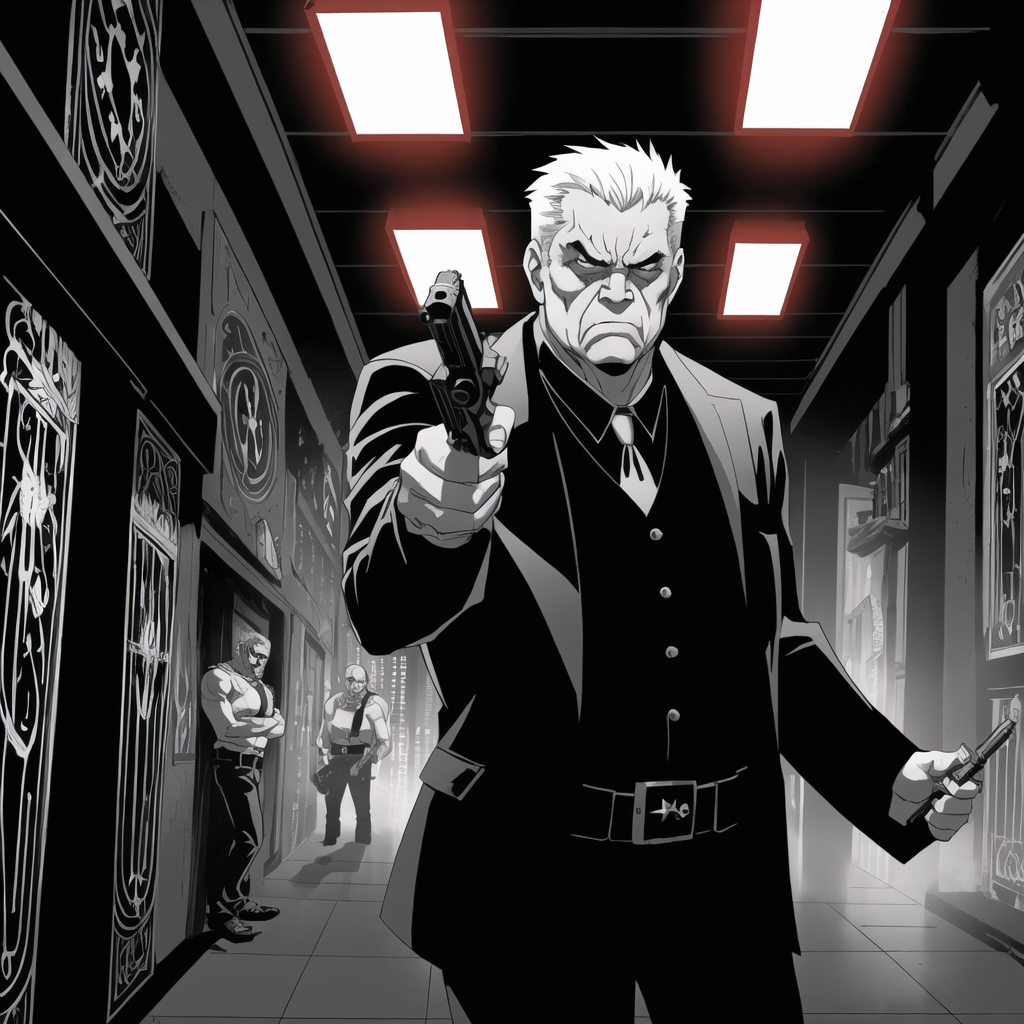Which One Of The Four Railroads In Monopoly Was Not A Real Railroad?
Which one of the four railroads in Monopoly was not a real railroad? Short Line is one of the four railroads in monopoly that is not a real railroad. The Pennsylvania, B&O, Reading, and Short Line are the railroads featured in the Monopoly board game. Three of these four were actual railroads.
Author:Buttskin FamilyReviewer:Caden SteelheartNov 30, 20221 Shares239 Views

Which one of the four railroads in Monopoly was not a real railroad?Short Lineis one of the four railroads in monopoly that is not a real railroad.
The Pennsylvania, B&O, Reading, and Short Line are the railroads featured in the Monopoly board game. Three of these four were actual railroads.
Even though all of these railroads were important to the area and often used monopolistic business practices, the game board is based in Atlantic City, New Jersey, and several of these railroads did not actually serve the beach town.

How To Play Monopoly Correctly! - A Full Tutorial
Monopoly Railroads
Pennsylvania Railroad
The historic PRR, also known as the Pennsy at times, has been hailed as "The Standard Railroad of the World." Although Pennsylvania's rails finally served a territory bounded by New York, Chicago, St. Louis, and Washington, DC, the line's primary purpose was to connect Philadelphia and Pittsburgh.
B&O Railroad
A railway from the port of Baltimore to "a suitable site" on the Ohio River was the initial purpose of the Baltimore and Ohio Railroad's charter. When it was built in 1827, it was the first significant common-carrier railroad to get a public charter.
Reading Railroad
Take the reading for a test drive. Actually, the Philadelphia and Reading Railroad, afterward known as the Reading Company, is pronounced: "redding." Its intended purpose was to build a route connecting Reading, Pennsylvania, and Philadelphia, Pennsylvania.
Short Line Railroad
Which one of the four railroads in Monopoly was not a real railroad? The Short Line in the Monopoly game isn't named after a real railroad. When naming the gaming property, the game's creator is said to have had a little interurban tram line in mind, the Shore Fast Line. Any autonomous railroad with lines spanning only a small area or a short distance is referred to as a short line.
Although many of these railroads have been acquired by bigger companies or have simply closed their doors, many are still very much alive and well.
The roughly 400 member railroads of the nonprofit American Short Line and Regional Railroad Association (ASLRRA) currently operate 29% of the country's railroad rails.
People Also Ask
What Are The 4 Railroads On Monopoly?
- Reading Railroad.
- Pennsylvania Railroad.
- B&O Railroad.
- Short Line Railroad.
Is Pennsylvania Railroad Real?
Yes, It is real. The Pennsylvania Railroad, an American railroad that was established in 1846 and merged with Penn Central Transportation in 1968, used the AAR reporting mark PRR. The company, also known as Pennsy, had its main office in Philadelphia, Pennsylvania.
What Is The First Railroad In Monopoly?
Reading Railroad is the first railroad in Monopoly.
What Are Monopoly Railroads Rules?
- Every time a player steps onto a railroad, that player has the option of moving their token to any other railroads they own.
- Even if the player decides not to travel, they still have to pay the rent.
- A player can freely travel on their own railroads.
Conclusion
Which one of the four railroads in Monopoly was not a real railroad? The Pennsylvania Railroad, Reading Railroad, B & O Railroad, and Short Line are the railroads in the Monopoly board game.
Only three of these four monopoly properties were actual railroads. Short Line, was not a true railroad. The Shore Fast Line, a streetcar line rather than a railroad, was the inspiration for the name of the Short Line.

Buttskin Family
Author
The Buttskins are a crazy author family who love writing, laughter, and eating an unhealthy amount of junk food. Mom Rockita started scribbling stories as soon as she could hold a pen, and Dad John didn't realize authoring children's books was a real job until after they were married.
Their kids have embraced storytelling at an early age. Little Lucy, age 5, dictates her colorful tales about dragons and princesses to her parents. Her 8-year old brother Jake collects scraps of paper to diagram his latest imaginary adventure involving ninjas and dinosaurs.

Caden Steelheart
Reviewer
Caden Steelheart, an enigmatic author, weaves tales that immerse readers in the depths of sin city's underbelly. With his words as a weapon, he crafts literary masterpieces that reflect the dark and dangerous spirit of the city. Caden's writing captures the gritty essence of sin city, delving into the intricacies of its characters and the moral complexities that define their existence.
Born amidst the shadows, Caden draws inspiration from the relentless chaos and unforgiving nature of the city. His words carry the weight of experience, creating a vivid and haunting portrayal of sin city's undercurrents. Through his stories, he explores the blurred lines between right and wrong, exploring themes of power, deception, and redemption.
Caden Steelheart's literary prowess has made him a name whispered in literary circles, captivating readers with his ability to immerse them in sin city's intricately woven tapestry. With each written word, he invites readers to journey into the darker realms of the human experience, offering them a glimpse into the secrets and sins that shape the city's inhabitants. Caden Steelheart, a master of capturing the essence of sin city through his writing, continues to captivate audiences with his haunting and evocative narratives.
Latest Articles
Popular Articles